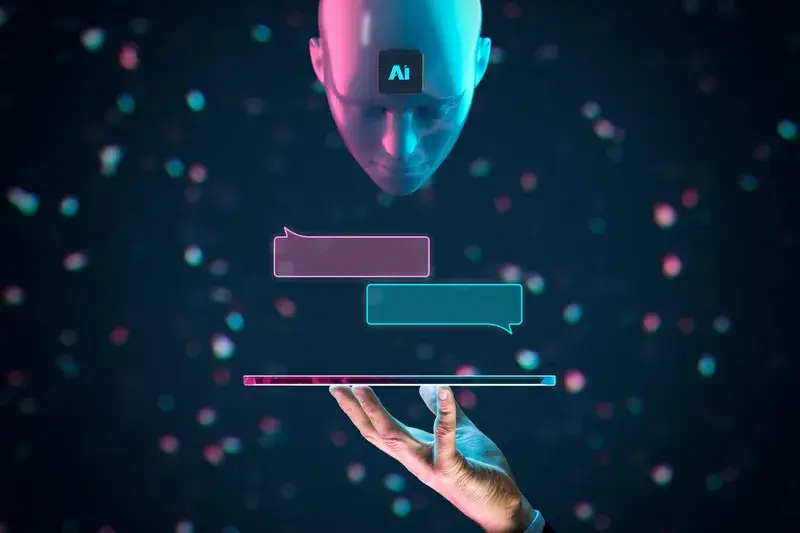Understanding Onion Architecture: An Example Folder Structure by Alessandro Traversi
I’m intentionally ignoring infrastructure here because this typically varies from system to system. We often don’t keep systems up-to-date because it’s impossible to do. If coupling prevents easily upgrading parts of the system, then the business has no choice but to let the system fall behind into a state of disrepair. This is how legacy systems become stale, and eventually they are rewritten. It’s composed of multiple concentric layers interfacing with each other towards the core.

It emphasizes the use of interfaces for behavior contracts, and it forces the externalization of infrastructure. The diagram you see here is a representation of traditional layered architecture. This is the basic architecture I see most frequently used. Each subsequent layer depends on the layers beneath it, and then every layer normally will depend on some common infrastructure and utility services. The big drawback to this top-down layered architecture is the coupling that it creates.
Enabling machine learning model inference for time critical applications.
It relates to Miles’s almost fetishistic interest in himself and the symbolic fact that there isn’t much to Miles at all. An atrium inside resembles a museum containing works by Banksy, Kandinsky, and the Mona Lisa. One may replace Application Services with Use Cases/Ports what is onion architecture if it better suites the application. One may split Domain model into Domain Entities/Domain Services as well. By clicking “Post Your Answer”, you agree to our terms of service and acknowledge that you have read and understand our privacy policy and code of conduct.
- You can see that we are adding the API Versioning data to the route attribute and also creating an IMediator object.
- The Service layer holds interfaces with common operations, such as Add, Save, Edit, and Delete.
- This file holds all the configurations required for the app launch.
- We are depending on abstractions at compile-time, which gives us strict contracts to work with, and we are being provided with the implementation at runtime.
We will also together build a WebApi that follows a variant of Onion Architecture so that we get to see why it is important to implement such an architecture in your upcoming projects. You can find the source code of this implementation on my GitHub. Repositories generally deal with storage such as file or databases but they exists only as interfaces with methods that follows the ubiquitous language. Classes in the application layer never hold and maintain the state of any domain entity. The only type of state allowed for the application service layer are transaction state.
Domain-Driven Design (DDD) with Node.js: Organizing Your Application
Few of the solutions developed and maintained by Microsoft MVPs like eShopOnWeb and eShopOnContainers also follow a similar (slightly more complicated variant of this approach). Just to make our solution a bit clean, let’s also add API Versioning to the WebAPI. We will have to register Swager within the application service container. Navigate to ../Startup.cs and add these lines to the ConfigureServices method. Next, let’s go to the Infrastructure Folder and add a layer for Database, (EFCore).

The late architect Edward Tuttle, along with architect Marios Angelopoulos, was responsible for developing the architecture of all Aman properties around the world. Villa 20 at Amanzoe can be rented by cinema buffs for EUR 40,000 or more per night, excluding taxes and fees. However, neither of these two services must become a part of the CoreUtils because both highly depend on the boundaries, our application works within. You may want to do adding/subtracting on dates, formatting the dates to human-readable form, formatting the dates to API-readable form, parsing the dates. It is obvious that everything placed in the CoreUtils become carved in stone for an application.
A demo on Clean Architecture with CQRS and Repository Pattern in .NET Web API
Therefore what we do is that we create interfaces in the Application Layer and these interfaces get implemented in the external layers. This is also known as DIP or Dependency Inversion Principle. To maintain structural Sanity in Mid to Larger Solutions, it is always recommended to follow some kind of architecture. You must have seen most of the Open Sourced Projects having multiple layers of Projects within a complex folder structure. These rules serve as guidelines for software developers when they need to work with onion architecture and are by no means exhaustive.
This traditional architecture’s flaw is its needless coupling. Our fare calculation depends on external services such as routing information and fare models. Interfaces for these are defined in the Domain Services layer — IFareRepostory and IRouteService. RiderFareCalculator is implemented in this layer also, and it depends on the fare repository and route service interfaces declared in the same layer.
Onion Architecture : An Example Folder Structure — Nest.js
The Infrastructure Layer should not implement any business logic, as well as any use case flow. The former are rules that are executed to implement a use case of your application. A Domain Service contains behavior that is not attached to a specific domain model. Onion Architecture is an architectural pattern which proposes that software should be made in layers, each layer with it’s own concern.

The Service layer sits right above the Domain layer, which means that it has a reference to the Domain layer. The Service layer is split into two projects, Services.Abstractions and Services. Conceptually, we can consider that the Infrastructure and Presentation layers are on the same level of the hierarchy. The Onion architecture is also commonly known as the “Clean architecture” or “Ports and adapters”. These architectural approaches are just variations of the same theme.
Navigating the Path to Clean Code in Real-world Scenarios
An early drawing of the onion’s design was created using a picture of the villa and was then placed on top. After some more labor, it was decided to grab an onion, which was then started to be cut. As the genuine onion was cut, the layers were seen and it was required to delve into it because the sculptural quality was fascinating to investigate and comprehend. Finding a way to implement the idea after it had been conceived was the next difficult task. It would have been extremely expensive to try to incorporate compound curves into the glass because doing so would require transforming structural components into a complex shape. Even if adding compound curves would have been expensive, the building would have looked less architectural.
The Onion Architecture does not depend on any specific language or framework. You can implement it in basically any language that supports dependency injection. It’s responsible for dealing with the persistence (such as a database), and acts like a in-memory collection of domain objects.
Implementing Onion architecture for your business
Do you add all these 100 lines of code to the Startup.cs to register them in the container? That would be insane from the maintainability point of view. To keep things clean, what we can do is, Create a DependencyInjection static Class for every layer of the solution and only add the corresponding. Microservices and Domain-driven design are two different things but they come hand in hand while implementing microservices.
Domain Model
This is the bottommost layer that can work directly with domain objects. Value objects are to be used to return immutable data or represent a state change in the domain. The Application Service layer is only concerned with the software use cases.
Application Service Layer
MVC is a good solution for separation of concerns, but it doesn’t necessarily address the issue of tight coupling. Onion Architecture, on the other hand, is designed to address both of these issues. Because modifications to one layer don’t affect the others, this separation of responsibilities makes code maintenance and updating simpler over time. Now we need to add the student controller that will interact will our service layer and display the data to the users. Add the Data in the domain that is used to add the database context class.